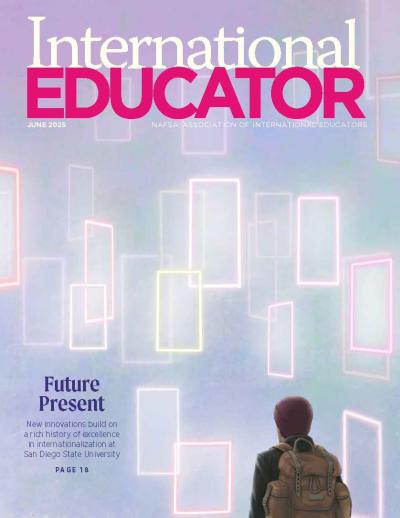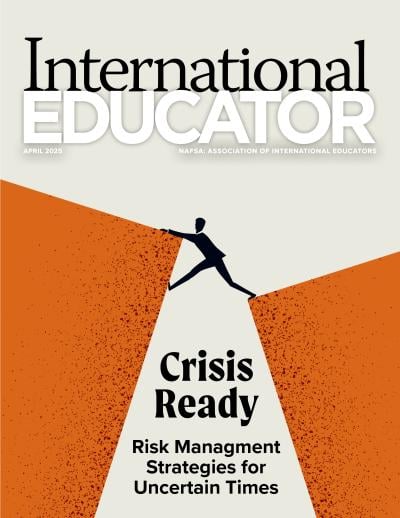A Four-Letter Response to Why Intercultural Competence Matters

Despite—or more accurately, because of—political, economic, and social headwinds, the value of intercultural competence today boils down to four letters: VUCA.
An acronym for volatility, uncertainty, complexity, and ambiguity, VUCA—and all the challenges it encompasses—dovetails nicely with intercultural competence, which can be broadly understood as the ability to adapt to new settings or circumstances and interact effectively with people from varied cultural backgrounds.
“Intercultural competence gives us the skills to navigate that kind of world,” says Tara Harvey, founder of True North Intercultural and a former regional liaison of NAFSA’s Teaching, Learning, and Scholarship (TLS) Knowledge Community. “It takes the diversity of the world and utilizes it as a strength, and positioning [intercultural competence] that way also relates to employability, preparing graduates for the world, and [giving students] the ability to rise to the needs we have in society.”
A Broader Lens
Intercultural competence first emerged as a concept after World War II, a time when professionals in government, education, and business had to navigate intercultural settings in new ways, according to Amy Corrinne, an associate professor of education at the University of Wyoming with a focus on intercultural learning. Decades later, scholars created developmental models that highlight how learners build awareness, deepen understanding, and build an ability to shift perspectives in intercultural settings, she adds.
“It requires intentional effort, curiosity, and a sustained commitment to understanding and engaging with cultural differences as well as cultural similarities,” Corrinne says. “[Intercultural competence] is now regarded as a core capacity for leadership














